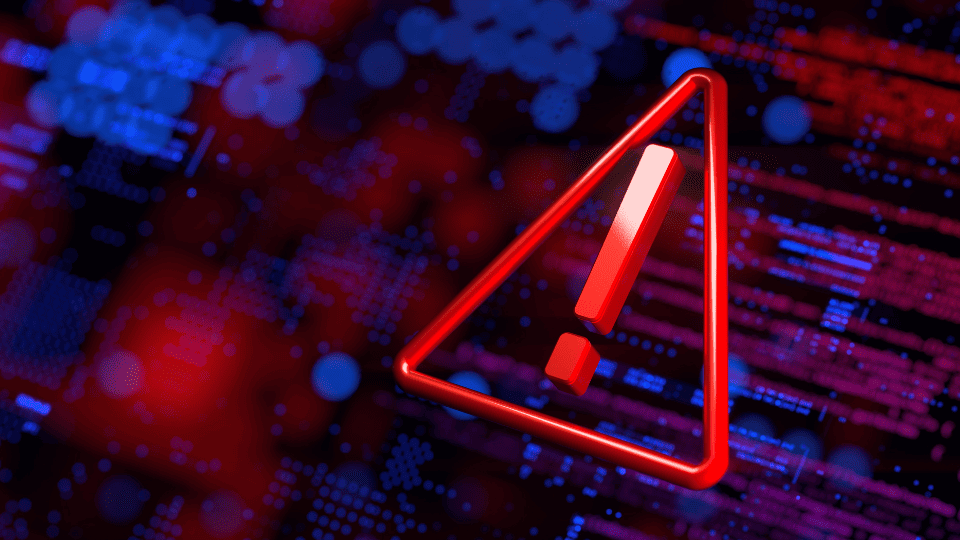How to Shield Your Business Against Ransomware

Ransomware is one of the most formidable cybersecurity challenges for organizations worldwide. Ransomware attacks, which involve criminals breaking into a corporate IT network, encrypting an organization’s data, then demanding a ransom for its release, are big business, with ransomware gangs collecting over $1 billion from their attacks in 2023. To avoid becoming a ransomware attack statistic in 2024, you need a robust defense that goes beyond antimalware agents and blocking ports on your firewall.
Understanding the Ransomware Threat
Ransomware has become more than just a malware attack; it’s an organized crime strategy that targets the very lifeblood of organizations—their data. Unconstrained by the laws and compliance rules that legitimate businesses must follow, criminal ransomware attackers use dirty tricks to get past traditional cybersecurity measures. Even worse is the fact ransomware gangs are now employing sophisticated artificial intelligence and machine learning to trick their victims and exploit their vulnerabilities. The impact of such attacks against a business can be devastating, leading to significant financial losses, operational downtime, and reputational damage.
To combat this evolving threat, organizations must adopt a more sophisticated and comprehensive approach to cybersecurity. This is where making your Business Continuity (BC) and Disaster Recovery (DR) program part and parcel to your zero trust journey is mandatory.
BCDR: The Safety Net
A good BCDR strategy takes a comprehensive approach to ensure an organization can continue operating during and after a disaster, including a ransomware attack. It involves identifying your most important business processes, developing recovery time objectives, understanding application and hybrid infrastructure dependencies and implementing policies, systems and procedures that ensure these services can continue or quickly resume in the event of disruption.
Key Components of BCDR:
- Business Continuity (BC): Details how to continue operations during threats such as ransomware and may consist of manual workarounds until the environment (systems, facilities, networks, etc.) is restored.
- Disaster Recovery (DR): This involves procedures and tools to recover data and restore system functionality after an attack. By having a plan that includes immediate isolation of affected systems and rapid restoration from backups, organizations can minimize downtime and mitigate the impact of ransomware.
- Data Backup: Regularly backing up data is a cornerstone of DR. However, it’s not just about having backups but having them in both cloud and onsite storage, preferably encrypted. Diversifying your backup locations ensures redundancy, making it harder for ransomware to compromise all copies of an organization’s data.
Zero Trust: The Preventative Measure
Blue Mantis integrates zero trust principles based on CISA 2.0 maturity model into all our solutions. I have outlined what zero trust security means in a previous blog post, but it assumes that threats can come from anywhere—inside or outside the network—and thus, every request to access the network must adhere to core zero trust principles.
How Zero Trust Works:
To effectively combat the sophisticated threats of ransomware, understanding the operational mechanics of the zero trust security model is crucial. There are three key core principles to the zero trust security framework:
- Least Privilege Access: Users are given only the access they need to perform their job. This minimizes the potential impact of ransomware by limiting access to sensitive information. Network micro segmentation, conditional access, and role-based access control are some methods used to restrict access.
- Verify explicitly: Identities can be forged, and access duplicated; therefore, strict and continuous verification is required before access to services is allowed. Strong authentication and authorization techniques including secure MFA and device fingerprinting and validation support this principle.
- Assume Breach: Organization should operate on the assumption that an attacker is already in the network and looking to cause damage. Immutable backups, data encryption and real-time monitoring of network activity — to detect and respond to suspicious behavior before it can cause significant damage — help protect the organization.
Real-World Example: Thwarting a Ransomware Attack
Consider a global financial services firm that implemented a comprehensive BCDR plan and a zero trust security framework. When hit by a sophisticated ransomware attack, the firm’s defenses were put to the test.
The ransomware managed to encrypt several critical servers, but least privilege and verify explicitly methods put in place protected the rest of the organization. Thanks to the firm’s BCDR plans (using the assume breach principle), the organization continued operations via manual workarounds and quick system restoration thanks to recent backups stored both onsite and in the cloud. Even though there was a hefty ransom demand, these protections and procedures allowed the firm to avoid paying and keep employees working.
The zero-trust security framework played a crucial role in containing the attack. Micro-segmentation prevented the ransomware from spreading to the entire network, and continuous monitoring helped identify the attack early, minimizing its impact. The principle of least privilege access ensured that the ransomware could not access critical systems beyond the initially compromised servers.
Blue Mantis Shields Your Business Against Ransomware
As ransomware continues to evolve, the combination of a comprehensive BCDR plan as part of your zero trust framework offers a robust defense in depth mechanism for organizations. Blue Mantis Cybersecurity and Risk Management solutions use zero trust principles by default and can align with your existing (or new) BCDR plans to ensure data protection, redundancy, rapid recovery, and stringent access controls.
A good way to gauge your business resilience today is to perform a Disaster Recovery Assessment that finds any potential vulnerabilities in your data backup strategy. This is part of our proven “assess, modernize, and manage” methodology to help organizations not only mitigate the impact of ransomware attacks but also enhance their overall cybersecurity posture.
Connect with us to learn how we can shield your business against ransomware attacks today.




